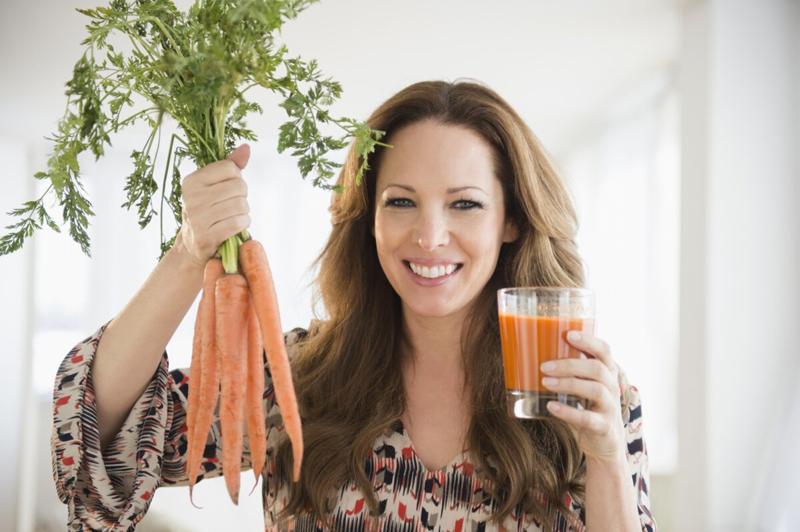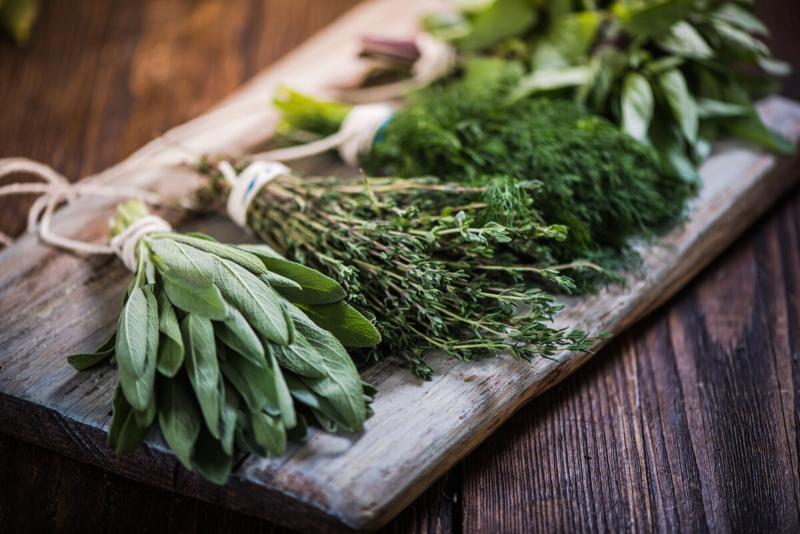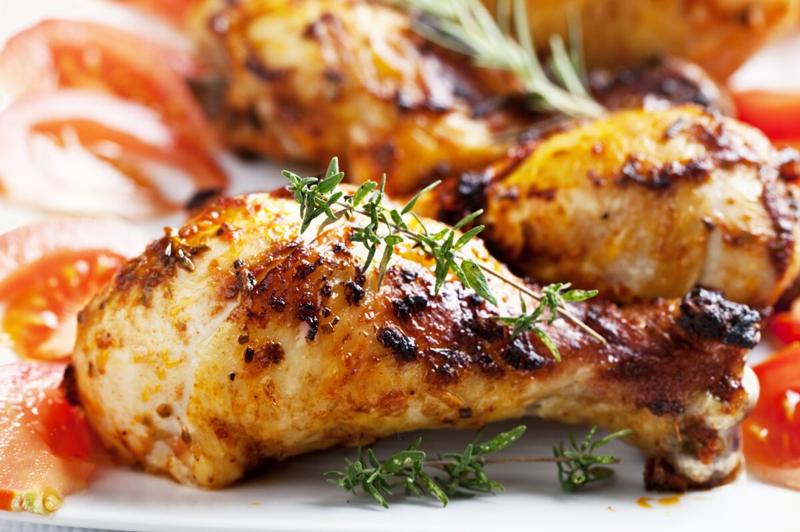The Raw Food diet offers a wide range of variations, allowing you to customize your own approach. One suggestion is to stock your pantry with fresh fruits, vegetables, sprouts, seeds, and nuts. This will provide you with a diverse and nutritious raw food selection.
What Is the Raw Food Diet?
While the majority of followers of the Raw Food diet are vegan, there are some who choose to include raw animal products in their diet, such as unpasteurized milk, cheese made from raw milk, sashimi, raw fish, and certain types of raw meat. Proponents of this approach argue that cooking diminishes the vitamins and immune-boosting plant nutrients in food. However, scientific evidence to support these claims is currently limited.Most who follow the plan consume only half the calories they would eat on a cooked diet – just one of the reasons most nutrition experts believe this low-calorie plan isn’t ideal.
According to Dr. Vanita Rahman, an internal medicine physician and clinic director of the Barnard Medical Center in Washington, D.C., the safest and healthiest way to incorporate raw foods into your diet is by following a whole foods, plant-based approach. This involves consuming a variety of raw fruits and vegetables, as well as cooked lentils, beans, grains, and vegetables. This balanced approach ensures a good mix of nutrients and promotes overall health.
Dr. Vanita Rahman, who is a certified nutritionist and personal trainer in addition to being an internal medicine physician, suggests that incorporating cooked foods into the diet allows for increased variety and a higher intake of essential nutrients, including protein. By combining raw foods with cooked options, individuals can enjoy a diverse range of nutrients and maximize their overall nutritional intake.
Planet friendly. The diet considers the environmental effects of food choices. It’s largely plant-based and/or the foods are mainly sustainably grown or produced.
Vegan or vegetarian friendly. Recipes can be easily modified for a vegan or vegetarian diet.
Gluten-free friendly. Recipes can be easily modified and still follow a gluten-free diet.
Halal friendly. Recipes can be easily modified and still follow a halal diet.
Kosher friendly. Recipes can be easily modified and still follow a kosher diet.
How Does the Raw Food Diet Work?
Fill your pantry with plenty of fresh fruit, vegetables, sprouts, seeds and nuts.
Look for foods marked as raw at the grocery store.
Add flavor through condiments, such as cold-pressed extra-virgin olive oil, raw virgin coconut oil and raw coconut butter.
Sip on freshly squeezed vegetable juice and herbal tea.
Invest in a dehydrator to create crunchy sweet potato chips from sliced sweet potatoes.
Purchase a food processor and blender to get creative with juices.
“There are many versions of the raw food diet, and what they all have in common is that they encourage higher intakes of raw fruits and vegetables,” Rahman notes. “People of all ages can enjoy this aspect of raw food diets – eating more fruits and vegetables. That’s because fruits and vegetables are loaded with fiber and essential vitamins and minerals.”
Can I Lose Weight on the Raw Food Diet?
Short-Term Weight Loss
A raw food diet could lead to temporary weight loss. However, Rahman says., most people will not be able to sustain it long term because it can be overly restrictive and lead to serious nutritional deficiencies.In an old 1985 study, researchers evaluated the effects of a raw food diet on hypertension and obesity in 32 people. Participants who adopted the diet consumed at least 62% of daily calories from raw food. After 6.7 months, participants lost an average of 8.4 pounds (1).
In a 1993 study, researchers found that participants who followed a vegan diet lost 9% of their body weight during the intervention period (2).
Long-Term Weight Loss
Long-term weight loss is possible with the raw food diet, but negative health issues have been associated with it.A 2022 cross-sectional study compared 16 strict raw food eaters over several years with participants who followed vegan and omnivore diets. Researchers found that raw food eaters had the lowest BMI in the study, but 19% were underweight and had vitamin B12 deficiencies. A higher proportion of women in the raw food group also had low bone mass and amenorrhea, the absence of a menstrual period, which can occur due to extreme weight loss and insufficient caloric intake (3).
In a 1999 study of more than 500 people who followed a raw food diet for nearly four years, researchers found that a raw food diet is associated with a high loss of body weight. By the end of the study, body mass index was below the normal range for 15% of male participants and 25% of females (4).
In the same study, researchers also found roughly 30% of the women younger than 45 developed amenorrhea. Participants eating high amounts of raw food – more than 90% of daily calories – were most likely to be affected. Since many raw food dieters were either underweight or experienced amenorrhea, the researchers concluded that "a very strict raw food diet cannot be recommended on a long-term basis” (4).
In a 2005 study, researchers compared a strict raw food diet with the typical American diet. After an average of 3.6 years, participants’ total body fat, BMI and midsection fat were lower among those in the raw food group than those in the control group (5).
Weight Maintenance and Management
The best way to manage your weight on the raw food diet for an extended period of time may involve relaxing its restrictions.“To maintain it long term, I recommended combining it with cooked grains, beans, lentils and vegetables to improve satisfaction and ensure the intake of healthy proteins and other essential nutrients,” Rahman says.


Do: Invest in a juicer, blender and dehydrator.
What Does the Raw Food Diet Cost?
What Costs Are Related to the Raw Food Diet?
In addition to groceries, you’ll need several appliances to prepare them:
High-end blenders range from $300 to $600.
Food processors capable of slicing, grating and shredding can go for $700.
Dehydrators cost about $100 to $200, but you can find several basic options for less.
Doing the Raw Food Diet on a Budget
Look for kitchen equipment on sale or choose less expensive versions.
Find whole produce on sale and use coupons.
Buy bulk foods like whole grains, nuts and seeds to save money.
Is the Raw Food Diet Easy to Follow?
It's difficult to follow a raw food diet. It often requires tedious preparation, such as blending foods to make smoothies and sauces, and dehydrating ingredients to make crackers and "cookies." Learning those techniques could prove challenging and time-consuming.
Hunger shouldn't be a problem on a raw food diet. Vegetables, whole grains, beans and other legumes are believed to take longer to digest, meaning they'll keep you feeling fuller longer.
You're also free to choose how many calories you want to take in, and you can increase your level if you're getting too hungry.
Who Should Not Try the Raw Food Diet?
“Generally speaking, most individuals should not follow a strict raw food diet as they may not consume enough calories or nutrients,” Rahman says. “This is especially true for infants and growing children. Additionally, consuming uncooked meat or fish and unpasteurized dairy products can lead to serious health problems.”
Pros
No counting carbs, points or calories.
Filling – it's rich in high-fiber foods.
Cons
Lacks in-depth nutritional guidance.
Eating out is limited.
Unsafe for some people.
Little research to back it up.
Could fall short nutritionally.
What Can I Eat? Do's and Don'ts of the Raw Food Diet
To adhere to the raw food principle, don’t eat anything heated above 115 degrees Fahrenheit. While some people on the raw food diet choose to eat small amounts of raw meat, milk and fish, you’ll otherwise need to eliminate some foods that may be dangerous to consume raw or under-cooked.
Avoid cooked, processed, microwaved, irradiated and genetically engineered food, as well as anything that’s been exposed to pesticides or herbicides.
Foods to Eat
Fresh fruits and vegetables, which you can also blend into fresh juices.
Nuts, like cashews and raw almond butter.
Seeds, like sunflower seeds.
Uncooked grains, like oats, amaranth, millet, barley and buckwheat.
Foods to Avoid (or Limit)
Anything pasteurized, such as milk and other dairy products, which go through a heating process to kill harmful bacteria.
Processed foods, like pasta, baked goods, chips and pastries.
Processed drinks, including store-bought fruit juice, soda, powdered drink mixes and other processed beverages.
Refined sugars and flours.
Beer and spirits. Wine is allowed.
Raw meat, milk and fish. Although nutrition experts typically don’t recommend it, some raw food dieters find safer ways to eat small amounts of these products.
Vegan and Following the Raw Food Diet
Most raw food diet followers are vegan. Most of your protein will come from sprouted grains, legumes, nuts and seeds. The bioavailability of calcium in plants varies widely – from 50% in bok choy to 5% in spinach. Some nutrients, including vitamin B12 and iron, are likely to be deficient in a raw, vegan diet. See all vegan diets.
Vegetarian and Following the Raw Food Diet
A vegetarian raw food diet is quite doable, though most health experts advise against consuming raw meat, poultry, fish or milk products. If you want to adhere to a raw food diet as a vegetarian, talking to your doctor or a registered dietitian about the need for supplementation to compensate for potential nutrient deficiencies is recommended. See all vegetarian diets.
Gluten Free and Following the Raw Food Diet
Most of the raw food diet – fruits, vegetables, nuts and seeds – are all naturally gluten free. Be sure to choose gluten-free sprouted grains, including wild rice and quinoa. You’ll still need to check food labels for hidden contamination to be on the safe side. See all gluten-free diets.
Halal and Following the Raw Food Diet
Although some people eat raw meat, fish and milk on a raw food diet, this practice is strongly discouraged. A vegan, raw food diet is halal. See all halal diets.
Kosher and Following the Raw Food Diet
Raw meat is generally considered not to be kosher. Therefore, someone who eats a kosher diet would not eat any meat on a raw diet. If raw milk is consumed, which is not advisable, it will need to be certified kosher. See all kosher diets.






